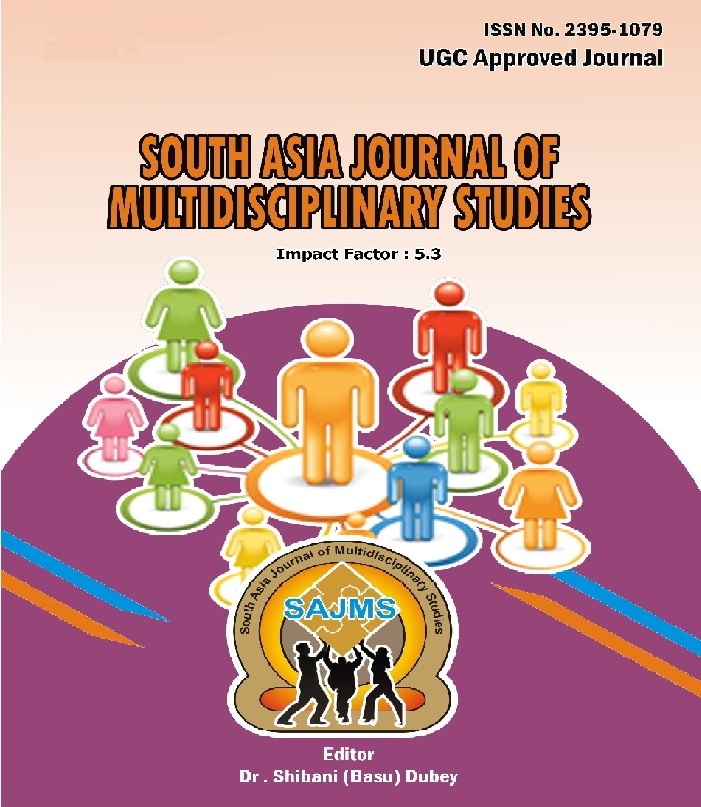TEACHING FOREIGN BUSINESS LANGUAGES THROUGH LITERATURE AND ALLIED MEDIA
Keywords:
FBL, Literature, Methodology, Enhanced Learning, Culture, Allied MediaAbstract
As Frank Smith says, "Language is not a genetic gift, it is a social gift. Learning a new language is becoming a member of the club – the community of speakers of that language." Through this statement he opens the horizons of learning and understanding of multiple languages and multiple cultures. He celebrates the uniqueness of each language over the hierarchy of other being prestigious or superior. Learning one’s mother tongue is a natural phenomenon but when it comes to learning of a second language or a foreign language, it cannot be limited to the learning of the grammar, sentence structure and vocabulary. Language learning must include the social and cultural thought that exists in its native world, without which it cannot be assumed to be complete, as language is not mere words but it carries thought, emotion, feelings, cultural practices, moral values and flora fauna et al. The present study focuses on exploring the importance of literature and allied media (stories, plays, music, folk tales, etc.) in teaching of a foreign business language (FBL) and the methods that can be effective for enhanced learning outcomes.
References
Asemota, H. E. (2015). The role of media in English language development. Inernational Journal of Humanistic and Social Science Studies (IJHSSS), 2. Azaryad, S. D. (2018). Overcoming the grammar barrier in foreign language learning: The role of television series. Journal of Language and Education, 4(2 (14)). Ellis, R. (2010). Second language acquisition, teacher education and language pedagogy. Language teaching, 43(2), 182-201. Gass, S. M., & Mackey, A. (Eds.). (2013). The Routledge handbook of second language acquisition. Routledge. Gruba, P. A. (1999). The role of digital video media in second language listening comprehension (Doctoral dissertation). Krashen, S. D. (1981). Second language acquisition and second language learning. University of Southern California.
Mara Salmona Madriñan2* Colegio Nueva Granada, Colombia Gist Education and Learning Research Journal. ISSN 1692-5777. No. 9, (July- December) 2014. pp. 50-66 Mezieobi, D. I. (2003). Effects of instructional materials on the teaching of social studies in secondary schools in Edo State. Unpublished M. Ed Thesis. Paran, A. (2008). The role of literature in instructed foreign language learning and teaching: An evidence-based survey. Language teaching, 41(4), 465-496. Savignon, S. J. (1991). Communicative language teaching: State of the art. TESOL quarterly, 25(2), 261-278. Sivasubramaniam, S. (2006). Promoting the prevalence of literature in the practice of foreign and second language education: Issues and insights. Asian EFL journal, 8(4), 254-273.
Stemmer, B. (1999). An on-line interview with Noam Chomsky: On the nature of pragmatics and related issues. Brain and Language, 68(3), 393-401.
Downloads
Published
Issue
Section
License
Submission Preparation ChecklistSubmission Preparation Checklist
Before proceeding with your submission, please ensure that you have completed the following checklist. All items on the list must have a checkmark before you can submit your manuscript:

